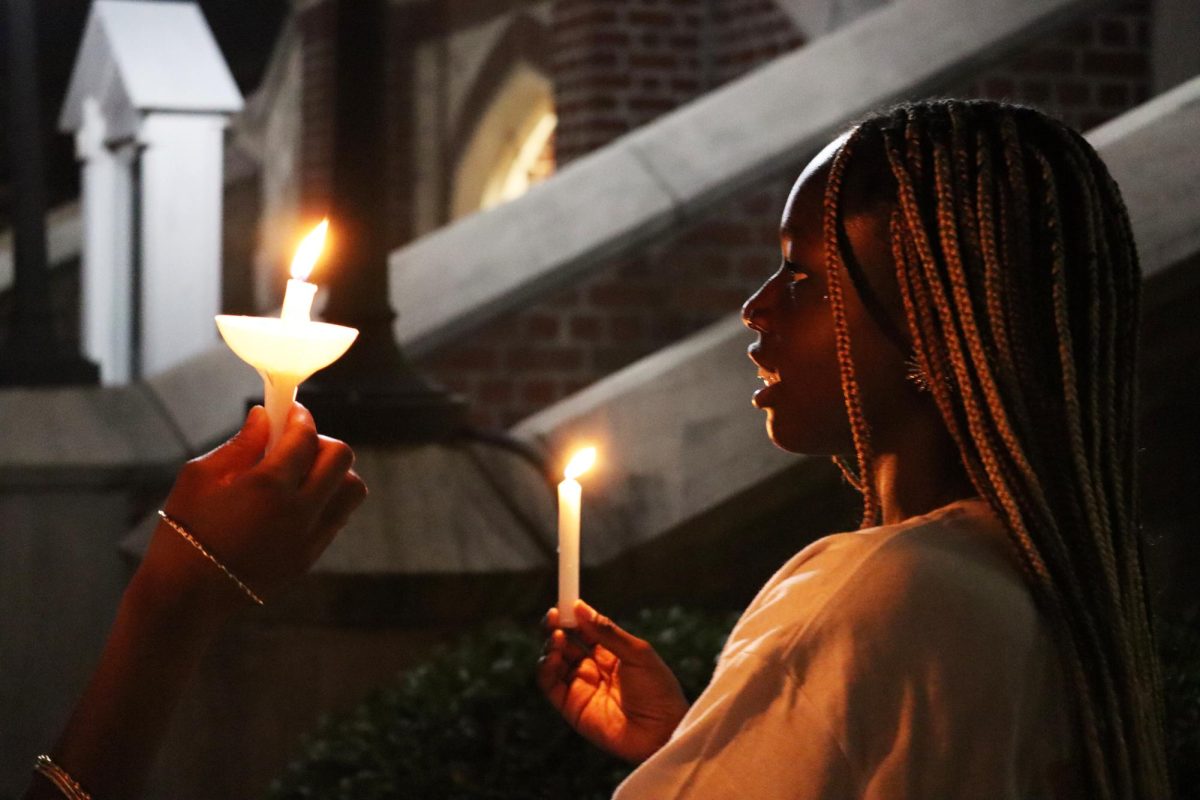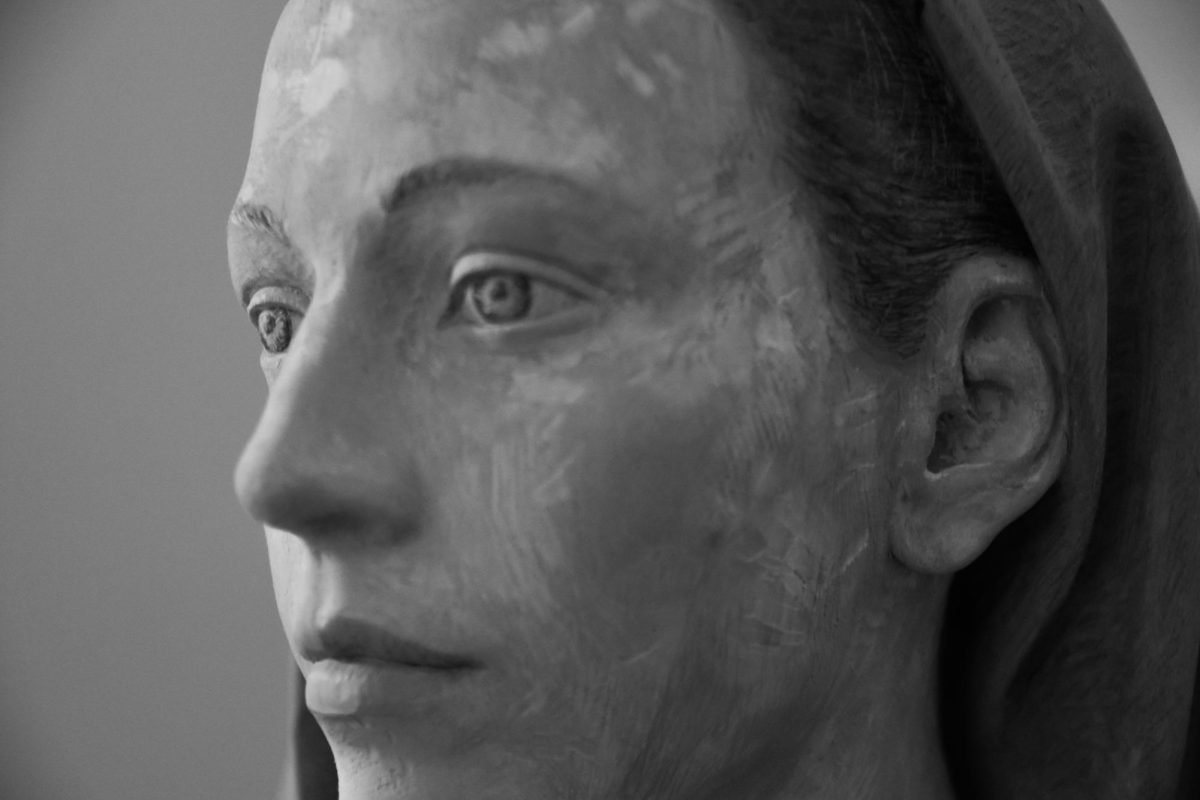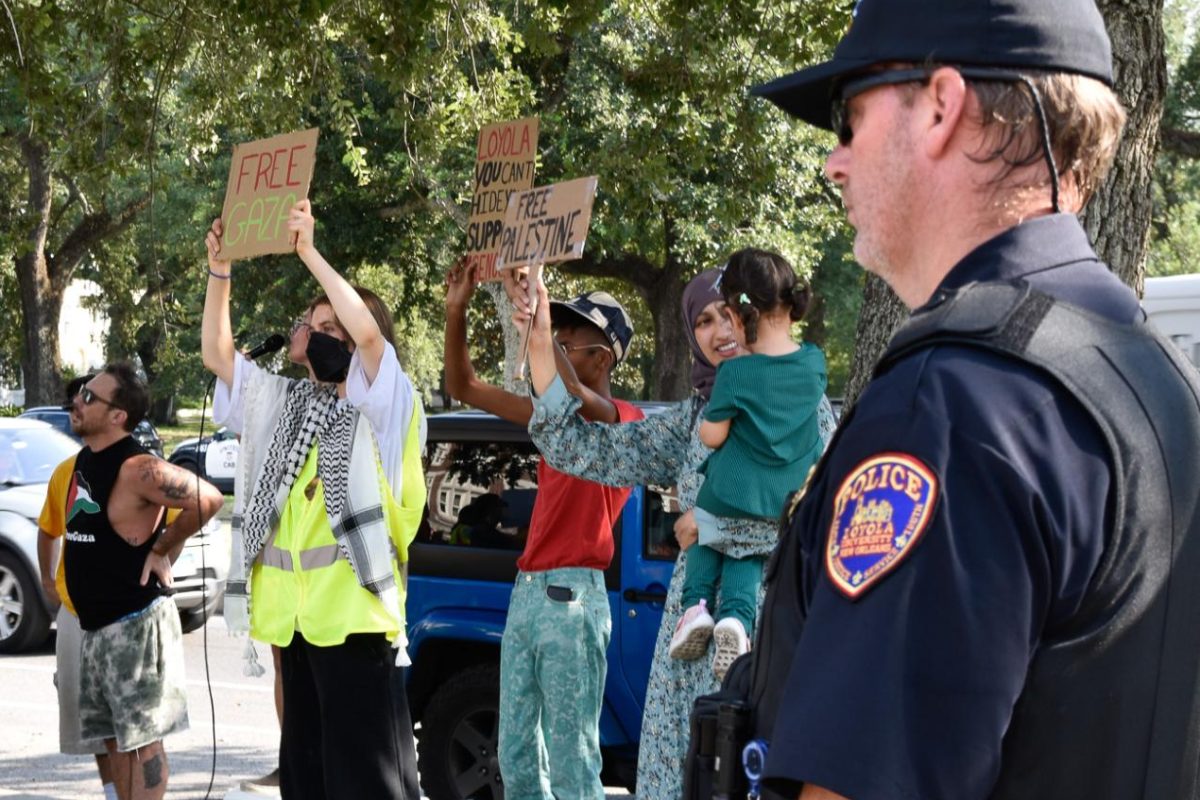In the prologue to Shakespeare’s play, “A Midsummer Night’s Dream,” there are more queer references then you might think.
American University professor and queer studies specialist Madhavi Menon spoke to a room full of students about this fact on Wednesday March 24 during “The Prologue: A Close Reading of ‘A Midsummer Night’s Dream'” at 3 p.m. in Marquette Hall room 306.
Menon assigned students to play the prologue’s characters, characters that she said Shakespeare intended to be queer. This queerness is evident, she said, in the symbolism hidden within the language these characters use.
“Any Shakespeare play you read that has the single letter ‘O’, it will be about some form of desire,” Menon said.
In the prologue, there are several passages that include this letter standing alone, which is representative of both men and women’s sexual parts, she said.
Because only men performed in Shakespeare’s plays, many Shakespearean scholars most closely identify the ‘O’ with men’s sexual parts, and thus denote that the play has queer undertones.
While assigning students to perform the parts of the characters, Menon chose mostly women to play male parts. She did this purposefully, she said, because she is not a fan of gender-appropriate casting.
“Historically, on Shakespeare’s stage there were no women, so when you have a student of a different gender play a role intended for the opposite gender, it adds a definite texture to the text,” she said.
“The second reason is a political one,” Menon said. “We are so gender segregated in this day and age. An easy way to shame a man or a woman is to say that (the man isn’t) manly enough, or say that the woman isn’t lady-like enough. I want to see people play something that they have always been told that they couldn’t.”
Menon also hosted a lecture on desires reflected in the play, A Midsummer Night’s Dream, at 7 p.m. March 24 in Miller Hall.
Jessica Williams can be reached at [email protected]







